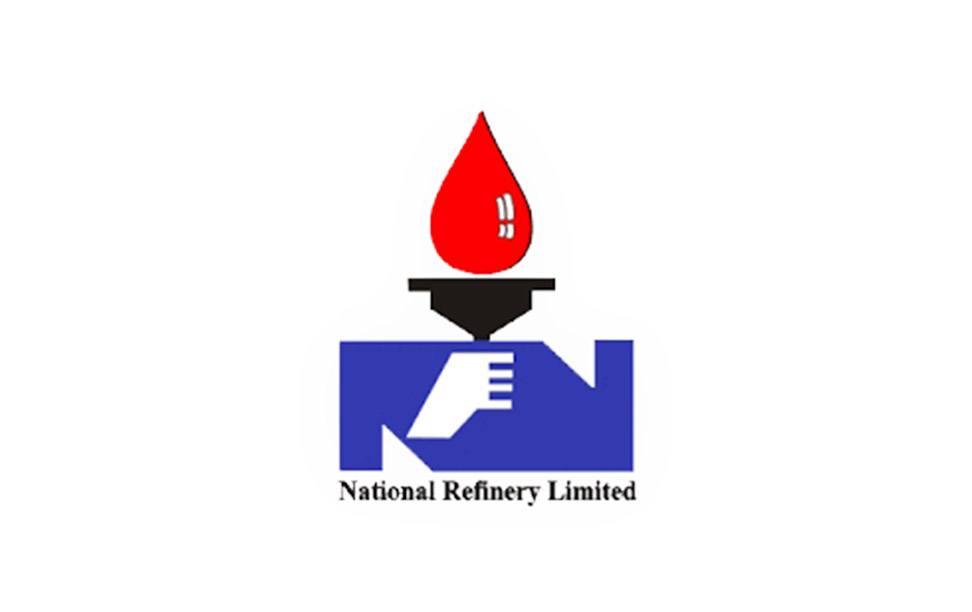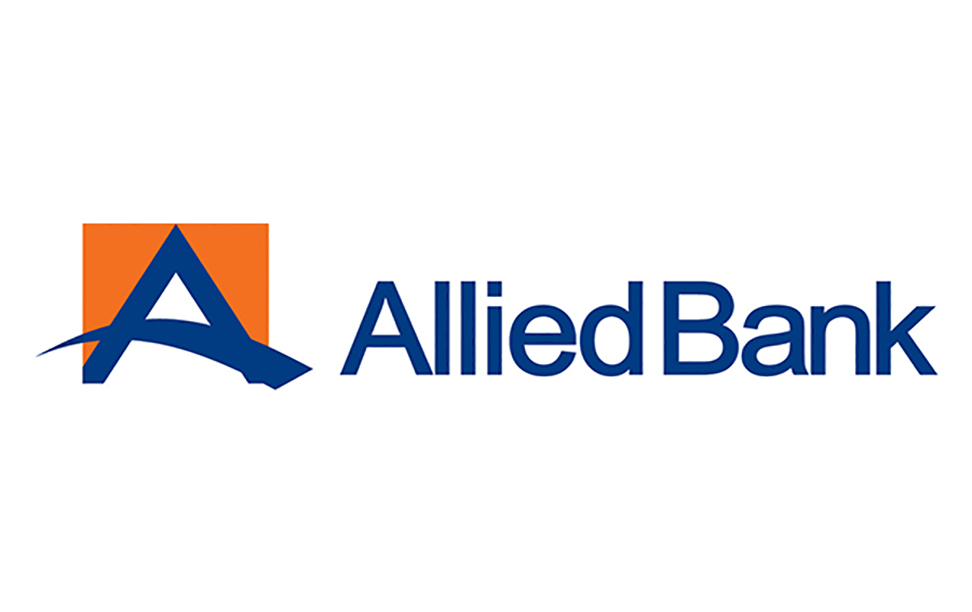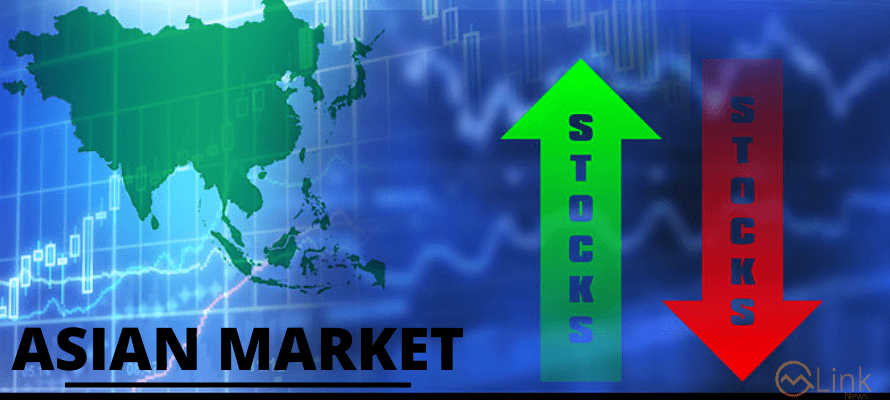March 1, 2022 (MLN): After witnessing January’s effect, Pakistan’s stock market limped in February as it slumped lower nearly 2% or 914 points MoM (down 2.4% in USD), and analysts expect it to stay in a tight range for the near future until the cross-border political tensions are resolved.
In the month of February, the benchmark KSE-100 index settled at 44,461 level, after approaching the bear market territory. The positive start to 2022 continued in early February but soon fizzled out under macro and political pressures that emerged on the ground as well as from geographic influences. However, the index gained some respite on the last trading day of the month over anticipation of a relief package to be announced by the Prime Minister.
Looking at historical data, the pattern of a positive January followed by a negative February has been almost consistent since 2014 (barring 2016). This is however only the second time since 2014 that Feb returns have eroded all of Jan gains, a research note by JS Global said.
On the macro front, re-entry into the IMF, despite the requirement of stringent prior and ongoing actions, was seen as an overall long-term positive. Similarly, the entry of Pakistan in MSCI FM 100 was also positive given the decent weight of Pakistan. The near-term stress of macro data points however could not be completely ignored as CPI clocked in at 13% YoY, current account deficit posted an all-time high and secondary market bond yields began to inch up again despite SBP guiding towards a stable interest rate environment.
On the global front, Russia – Ukraine tensions took a toll on commodity prices including oil that hit the $100/bbl mark for the first time since 2014. This exacerbated fears about the import bill and the current account outlook going forward. In addition, the heated global political environment and Pakistan’s reliance on foreign flows pointed to a tough balancing act ahead for Pakistan in terms of adopting a neutral posture. Closer to home, news flow regarding a no-confidence vote created concerns about a government getting distracted in times when critical economic and political decision making has to be free of populist considerations. The whopping cuts in petrol and electricity prices at month-end were also linked to political pressures by some quarters.
Furthermore, earnings season continues to drive positive momentum in the stock market as results were broadly in in-line with market expectations barring cements. However, with the last leg of earnings announcement remaining, market excitement around the same is expected to remain muted till political and macro clarity emerges, analyst at JS global said.
In terms of index contribution, the top 5 worst-performing sectors throughout the month were Technology, Cement, Commercial Banks, Power Generation & Distribution, and Engineering. These sectors collectively took away 1,025 points from the index. On the flipside Automobile, Fertilizer, Oil & Gas Exploration Companies, Textile, and Miscellaneous added 418 points to the KSE100 Index.
Scrip-wise, TRG, SYS, LUCK, HBL, and HUBC performed terribly during the month as they snatched 260, 184, 94, 90, and 84 points from the index respectively, whereas UBL, MARI, MTL, EFERT, and INDU were the most active securities during February 2022.
Meanwhile, the KSE All Share market cap decreased by Rs143.3 billion or 1.85% over the month, being recorded at Rs7.6trillion as compared to a market cap of Rs7.758tr recorded last month. The average volume of the KSE All Index declined by 14%MoM to 226mn shares. Whereas WTL, TELE and HUMNL topped the volume charts with the monthly averages of 22.4mn, 12.3mn, and 11.6mn shares respectively.
Flow wise, foreigners were the net sellers during the month, offloading $15mn from the equity market compared to $17.56mn worth of inflows last month. The major buying was observed in the Technology sector.
On the local side, the majority of the buying was reported by Organizations, Companies, and Banks amounting to $14mn, $13.5mn, and $9mn respectively. However, Mutual Funds and Insurance Companies stood on the other side with net selling of $19.8mn and $6.3mn, respectively.
Looking ahead, in addition to political tensions, the market direction will be driven by policy initiatives under the IMF program and their impact such as the recent WACOG amendment to the OGRA bill to control circular debt, the modalities remain to be seen to determine efficacy and sector-wise impact.
Copyright Mettis Link News
31156








